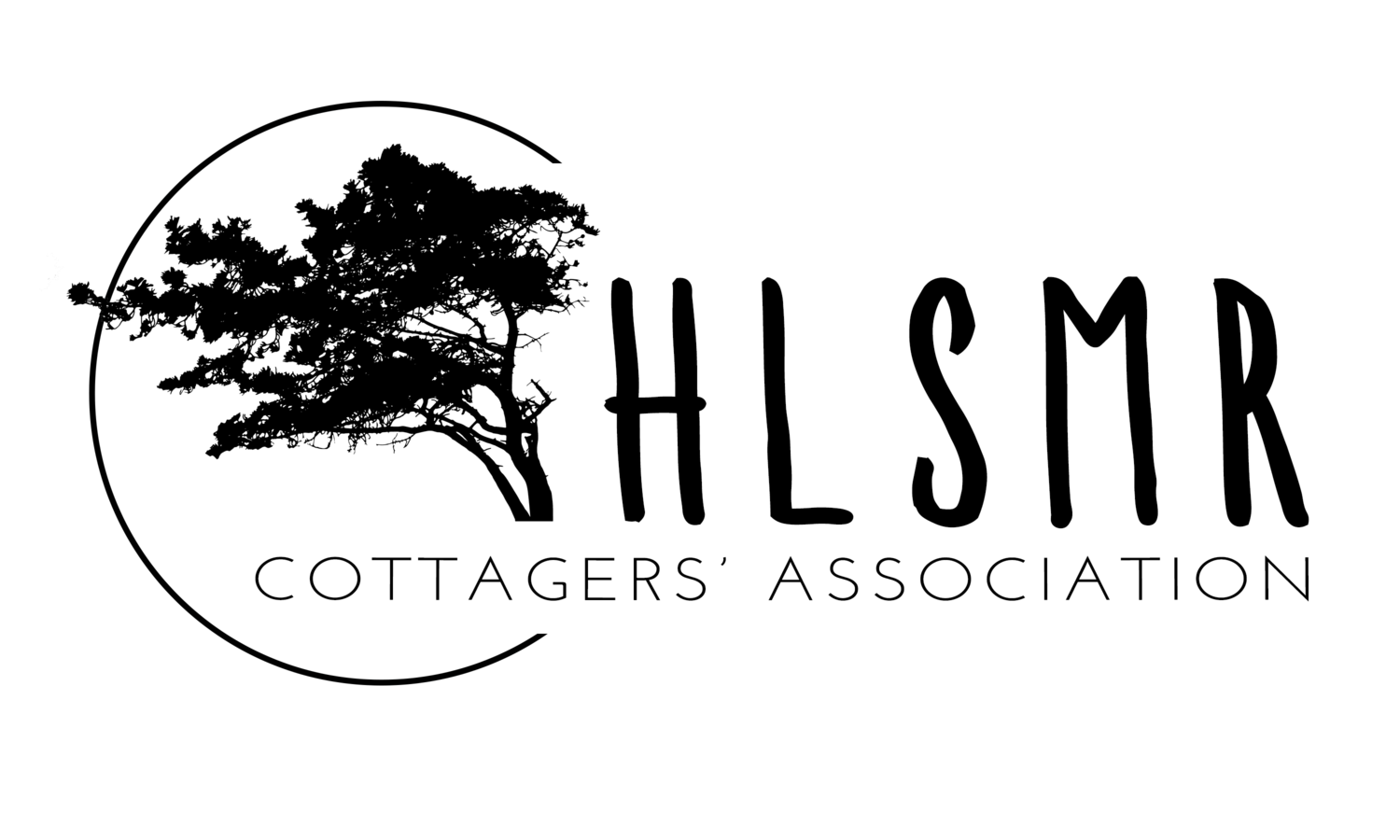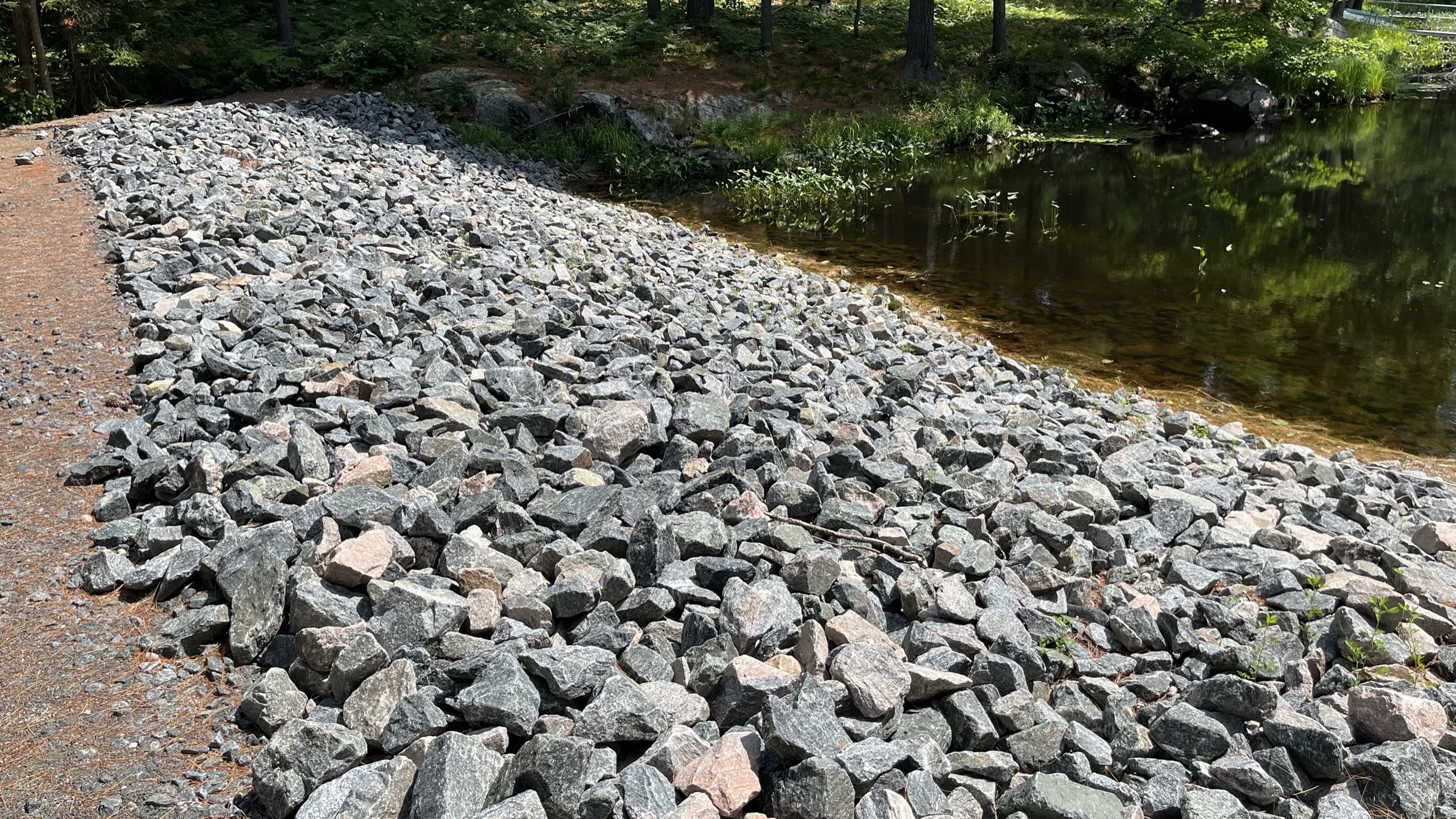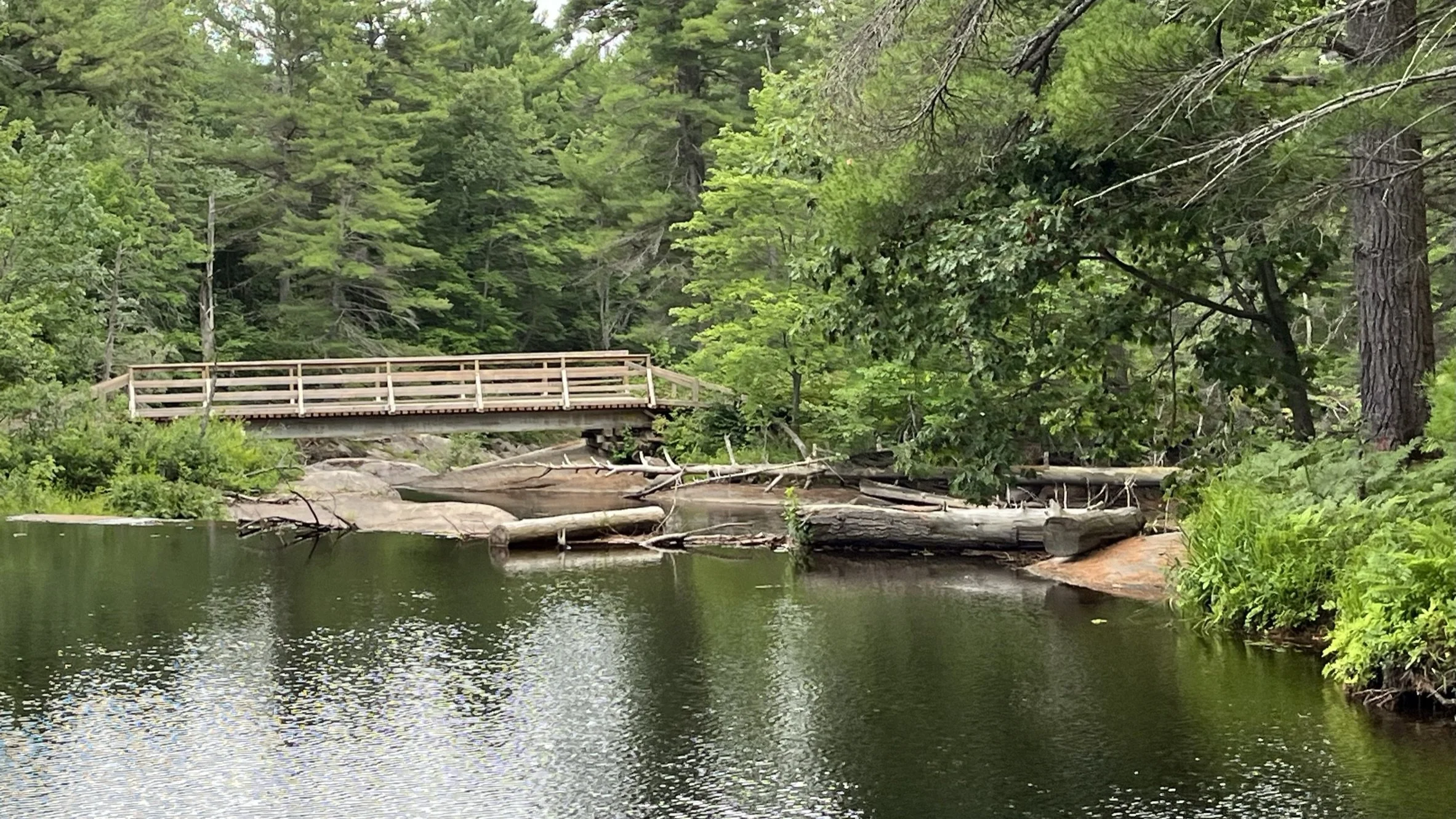Wildlife Etiquette
/The Canadian wilderness might seem like it’s full of menacing creatures. However, equipped with the right tools and knowledge, you have nothing to fear.
Here’s what to do if you run into a predator (or just a really big animal) during a hike, camping trip, or visit to your cottage.
Coyote
Coyotes are one of Canada’s few predatory species that frequents both the countryside and urban areas. While they have been known to attack people, you have little cause for concern unless you happen to be a cartoon roadrunner. If you see one scoping out you, your dog or your property, chances are that they’re just curious, or looking for food, water or shelter.
That doesn’t mean running into one is any less jarring. If you see a coyote, Coyote Watch Canada advises that you don’t run. Instead, stand your ground and use “hazing” techniques to scare them off, such as yelling (not screaming), waving your arms or throwing objects towards—but not at—the coyote.
Bear
What exactly do you do if a bear attacks? Answering this question is a hot topic of debate at campfires, partially because it can be a bit confusing. Parks Canada says your best strategy is avoiding them altogether, but that may not always be possible. Noise is your friend, however if your bells haven’t kept the bears at bay, here’s what to do.
First, stay calm and start talking, which indicates to the bear that you are human—not their next meal. Don’t run away, which can trigger an attack. Then, read the bear’s body language. If it’s being defensive (protecting its young, feeding, or just surprised at the encounter), try to appear non-threatening. Move slowly away and talk calmly. If it approaches, stand your ground and use your bear spray. If you don’t have bear spray on hand, fall on the ground and play dead. If it’s non-defensive (typically characterized by looking at you with its head and ears up), talk in a firm voice, shout and try to intimidate the bear. Very few bear attacks are predatory, but if it does continue to approach, use your bear spray and fight back, if necessary.
Wolf
Like many of Canada’s predatory species, wolves generally avoid humans, making both an encounter and an attack highly unlikely. If you do cross paths, stand your ground—make yourself look larger by raising your arms and maintaining eye contact. Don’t run away or turn your back. Raised hackles can indicate aggressive, which is when it’s time to start yelling or throwing things. Most importantly, keep any pet dogs at your side. Positioning yourself between your dog and a wolf will typically end the encounter.
Cougar
There’s nothing more terrifying than the prospect of being silently stalked by a mountain lion. But it’s an unwarranted fear—cougar attacks are incredibly rare. In the unlikely event that you see a cougar, you’ll want to make yourself appear as a threat rather than as prey. Pick up and carry any young children. Don’t run away or turn your back. Instead, slowly back away, make yourself appear larger, speak in a loud voice and if necessary, throw objects such as rocks.
Moose
When it comes to the big and bad of the Canadian woods, tourists and city slickers often fixate on bears. However, it’s the innocent-looking moose that have known to become aggressive, particularly during rutting season or when they have young calves. That’s why if you come across a moose in your travels, you’ll want to give it a wide berth—now is not the time for a selfie. Moose that are about to attack may give a “bluff” charge as a warning sign. Its ears will be laid back and the long hairs on its back will be raised. If this happens, back away and look for something—whether it’s a car, tree, or other obstruction—to put between you and the moose.
Take From Cottage Life:
http://cottagelife.com/environment/wildlife-etiquette-avoid-getting-trampled-eaten-or-maimed-when-youre-in-the-woods







